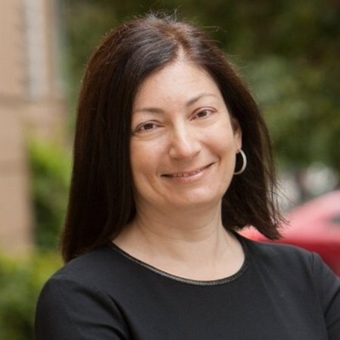


Sprig Product Lead Rachel Wang on gathering the qualitative data to drive decisions that product teams can be confident about.
Next Insurance CPO & 2022 Global CPO 20 winner Effi Fuks Leichtag shares truths on hiring talent & scaling product teams to accelerate growth
PayPal Senior Product Leader Ronke Majekodunmi shares insights about diversity within roles and customer relationships for successful PMs.